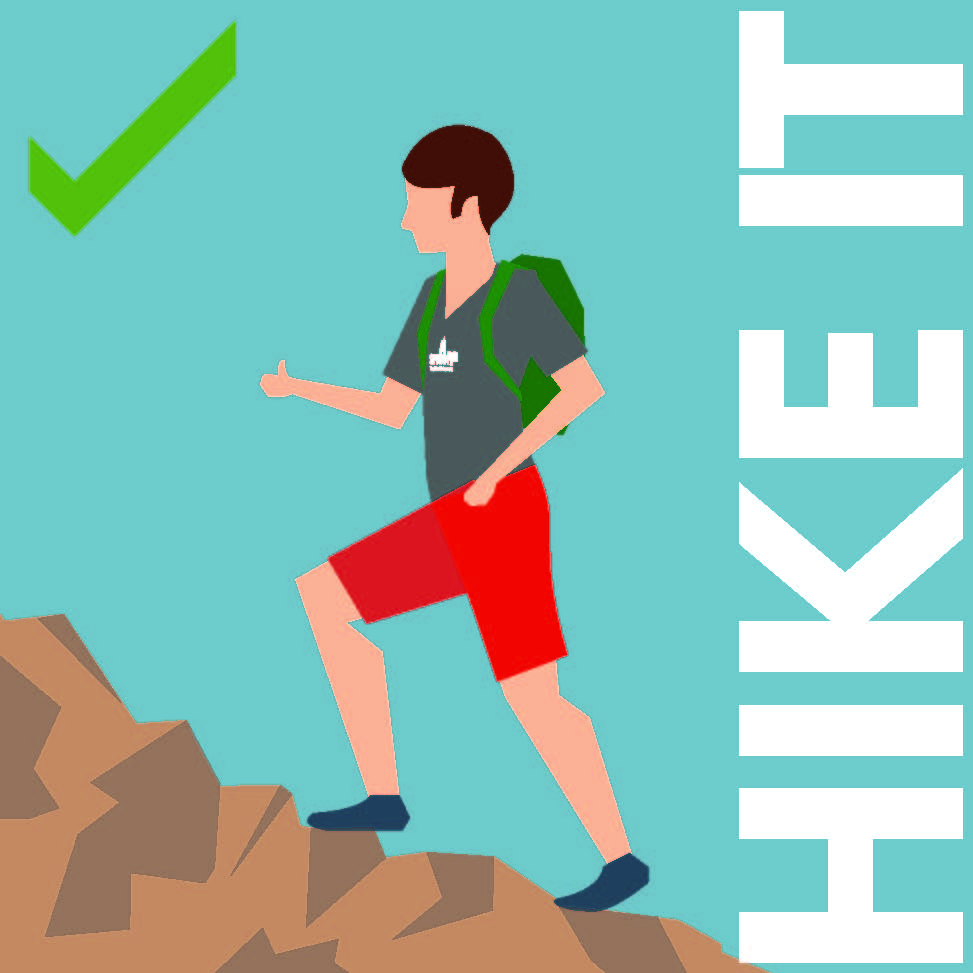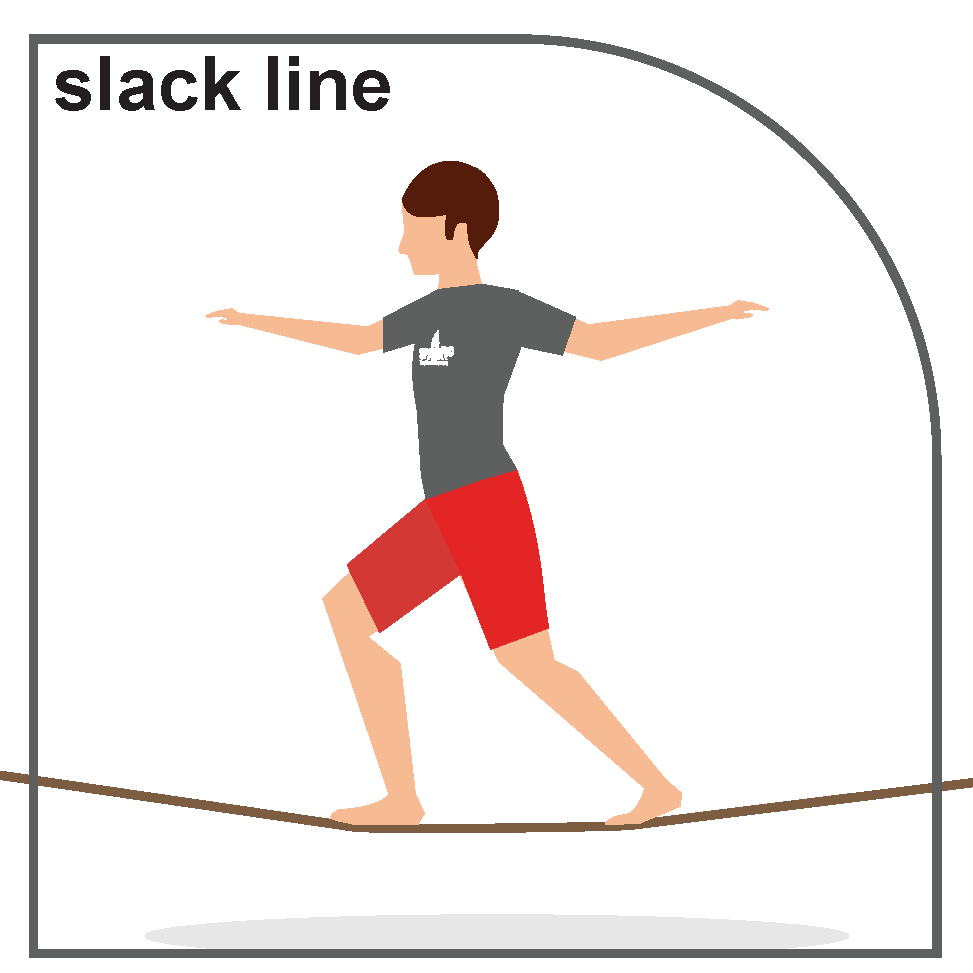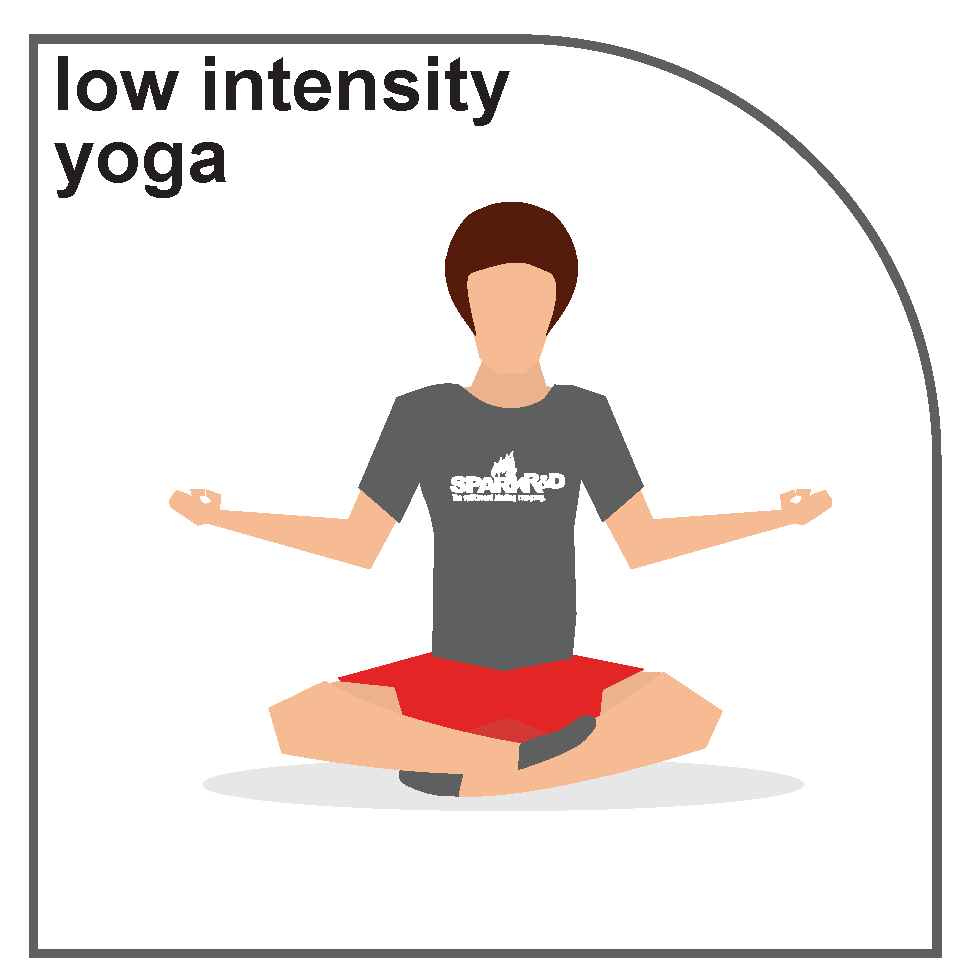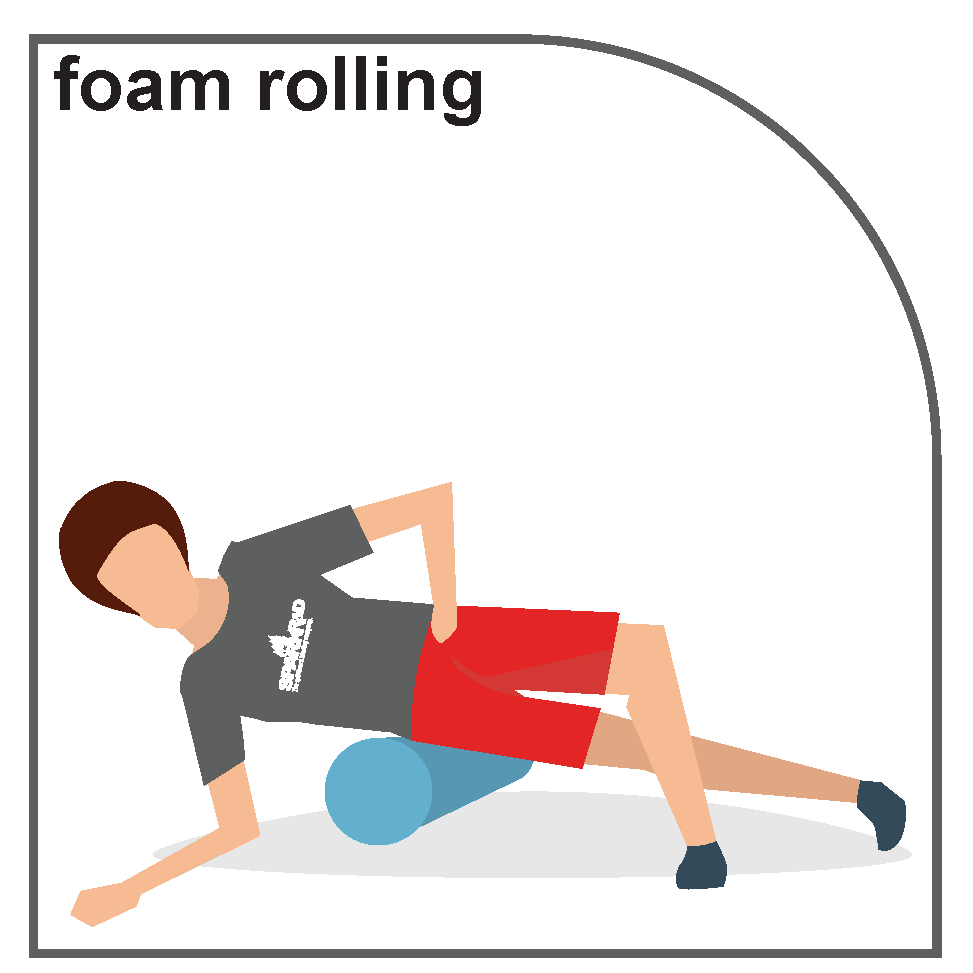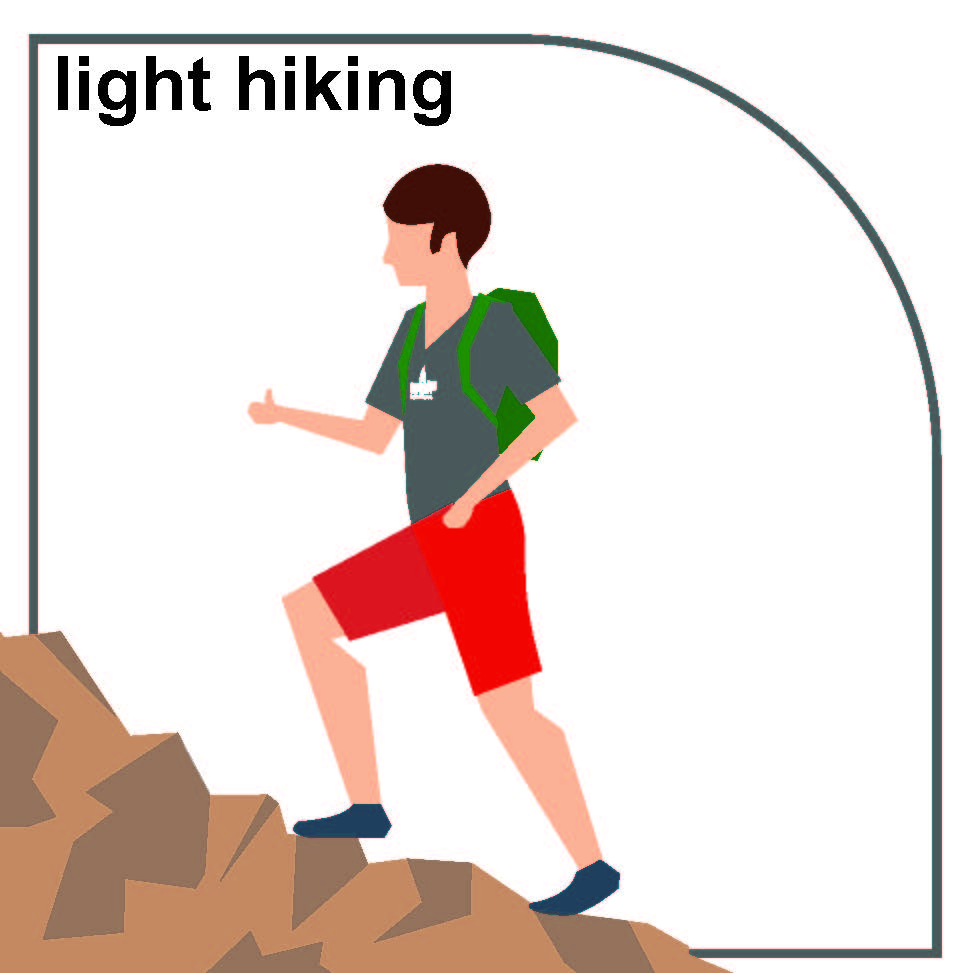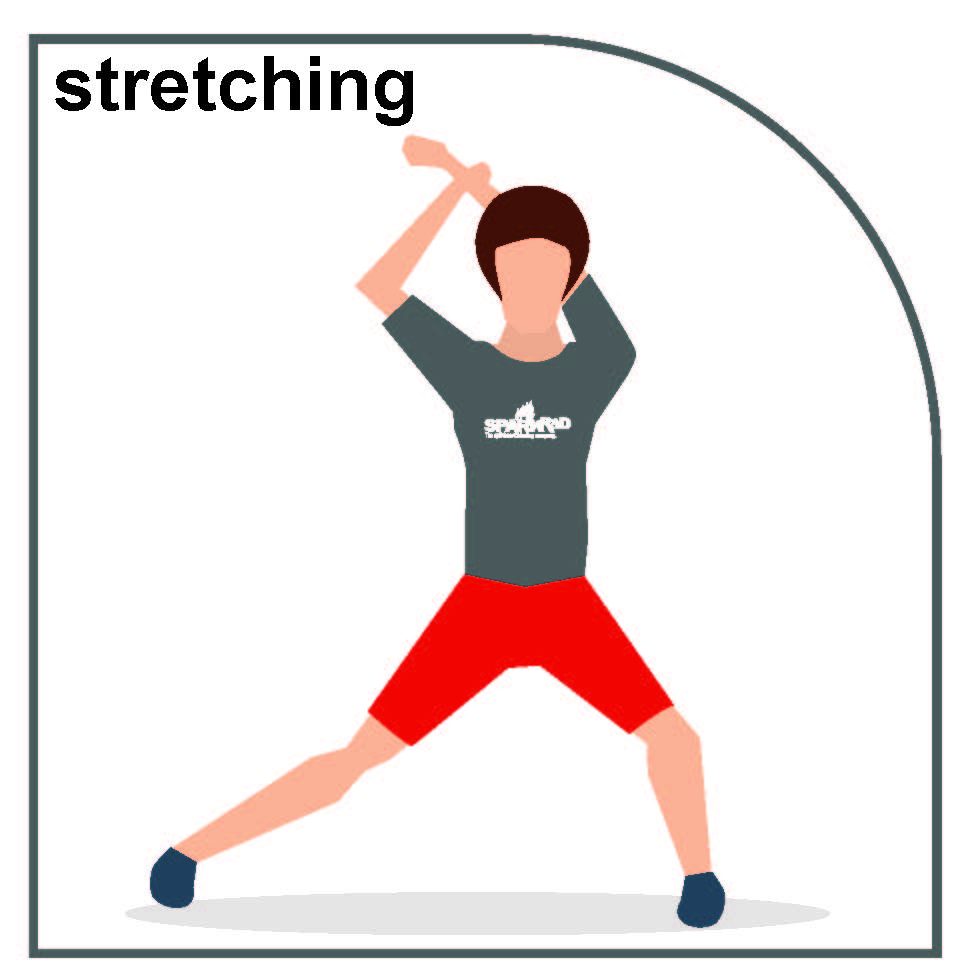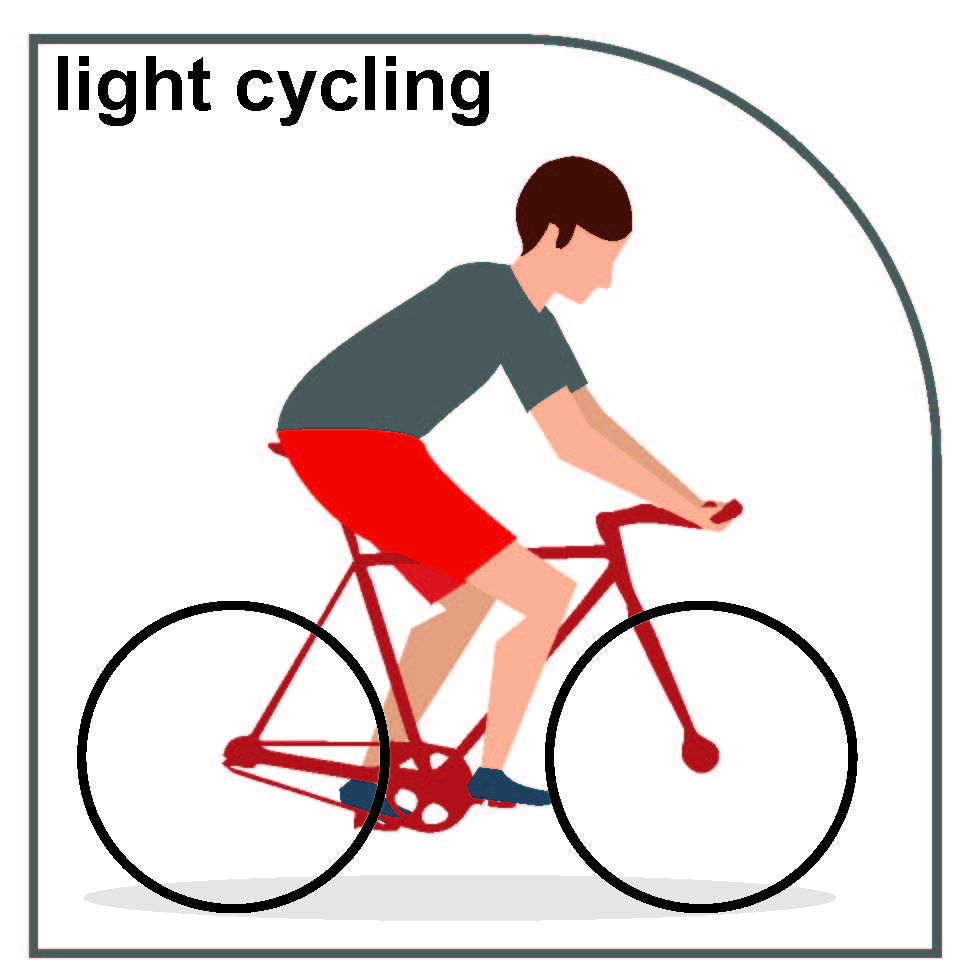
Dedicated to pushing innovation in splitboarding since 2006.
866.725.2085
Email: sales@sparkrandd.com
Spark R&D
P.O. Box 3284, Bozeman, MT 59772 USA
Split Fitness Part 3 - Active Recovery
If you want to be able to make more laps splitboarding and get more vert next winter, now is the time to start preparing. The Split Fitness offseason training blog series is here to help guide you. The primary goal of this series is to inform splitboarders about offseason training program design. Part 1 of this series focused on Aerobic Training, and Part 2 looked at Strength Training. In this blog post we look at how to proactively recover from your training workouts.
In order to get the most out of your offseason workouts, it is important to let your body recover. Recovery is essential in all training regimens because it provides your body with an opportunity to repair damaged tissues, adapt to the stresses from the exercise session, and replenish energy stores. The most important aspects of recovery following a high-intensity training session are decreasing your activity level from training days, rehydration, and restoring your body’s fuel sources.
Active vs. Passive Recovery
Active recovery (short-duration, low-intensity activity) is much more beneficial than passive rest (complete inactivity) as a recovery activity. Active recovery stimulates metabolic pathways and can help decrease lactate levels in the blood. Lactate acid develops as a result of intense exercise, and causes more acidic blood pH. High blood pH inhibits muscle and enzyme function, which can slow your training progress.
Active recovery can also help restore balance in other physiological systems that are stressed during exercise, such as the nervous and hormonal systems. For optimal recovery, keep your heart rate between 50-60% of your maximal heart rate (see the Aerobic Training post for more detailed information about heart rate training zones).
Active Recovery is most beneficial on the day following a single, more intense workout, or a couple consecutive days of training. Below are great activities that are appropriate for active recovery sessions.
Hydrate
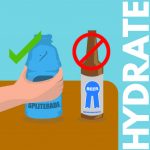 Hydration is an essential aspect of recovery during both training and recovery days. Dehydration can severely limit exercise performance, and is just as important as having adequate fuels. Hydration plays an important role in exercise performance by regulating body temperature, controlling fluid and electrolyte balance within the body, and maintaining cellular function.
Hydration is an essential aspect of recovery during both training and recovery days. Dehydration can severely limit exercise performance, and is just as important as having adequate fuels. Hydration plays an important role in exercise performance by regulating body temperature, controlling fluid and electrolyte balance within the body, and maintaining cellular function.
During recovery, fluid intake should replace water lost during exercise as sweat. Beverages containing salt and other electrolytes can help minimize fluid expelled in urine, and help maintain the body’s water and electrolyte balances. In general, thirst is not a reliable guide to direct fluid intake because by the time you feel thirsty, you are already significantly dehydrated. Leave the beer and soda in the fridge and stick to water, coconut water, and/or sports drinks to maximize the benefits of your recovery. Consuming sports drinks during exercise offers the additional benefit of replacing carbohydrates used as fuel by muscles during exercise.
Refuel
Post exercise food consumption is also an essential component of recovery. The goal of post-exercise nutrition is to replenish glycogen, decrease protein breakdown, and increase protein synthesis.
Glycogen is a compound used to create energy that is found in your muscles and liver. Complete depletion of glycogen stores during exercise is also known as “bonking” or “hitting the wall”. The most effective way to replace the glycogen depleted during exercise is to eat foods with a high glycemic index rating within two hours of finishing your training. Consuming carbohydrates post-exercise has also been shown to enhance resynthesis of proteins in the body, which are key to rebuilding damaged muscle.
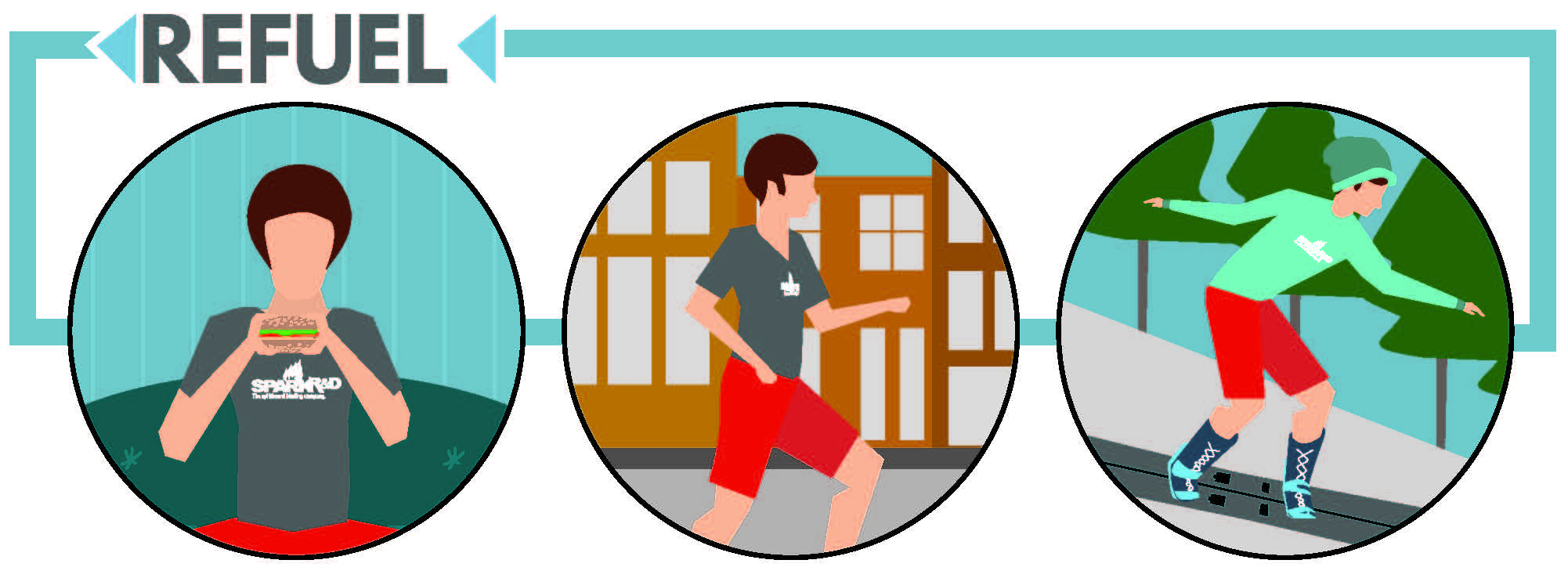
During intense aerobic exercise or strength training, muscle proteins can suffer structural damage. In order to combat protein breakdown and stimulate resynthesis and repair of proteins, it is important for athletes to consume an appropriate amount of protein post workout. In general, the average person should consume at least 0.8 grams of protein per kilogram of body weight, per day. An active aerobic athlete’s metabolism demands about 1.5 grams of protein per kilogram of body weight, per day. Consuming a healthy balance of protein is an essential aspect of repairing and rebuilding muscle damaged during exercise.
Summary
Choose your active recovery based on your current level of fitness and familiarity with the exercises. Remember that re-hydrating and refueling your body are also essential components of your aerobic or strength training program. Schedule your active recovery days immediately following particularly challenging days (such as the high-intensity aerobic day, or a day of aerobic + strength training), and make sure to give your body time to heal.
If you are serious about improving your splitboard performance next winter, it is important to start now and to make a plan. Remember that everyone is different and everyone’s body has different physical abilities and limitations so make a plan that is realistic, flexible, and works for you. Contrast your current state of fitness with your goals for next season and start getting after it.
~ Celine Valentin, Official Spark R&D Fitness Consultant
 Celine is a graduate student at Montana State University completing a Master’s degree in Exercise Physiology and Nutrition. Her graduate coursework focuses on the physiological and biomechanical processes of skiing, snowboarding, and splitboarding. Other than snowboarding and splitboarding, Celine enjoys mountain biking, fly fishing, and coaching soccer in Bozeman, Montana
Celine is a graduate student at Montana State University completing a Master’s degree in Exercise Physiology and Nutrition. Her graduate coursework focuses on the physiological and biomechanical processes of skiing, snowboarding, and splitboarding. Other than snowboarding and splitboarding, Celine enjoys mountain biking, fly fishing, and coaching soccer in Bozeman, Montana
References
Ahmaidi, S., Granier, P., Taoutaou, Z., Mercier, J., Dubouchaud, H., & Prefaut, C. (1996).
Effects of active recovery on plasma lactate and anaerobic power following repeated intensive exercise. Medicine and Science in Sports and Exercise, 28(4), 450–456.
Baechle, T. R., Earle, R. W. (2008). Essentials of Strength Training and Conditioning, 3rd edition. Champaign, IL: Human Kinetics
Jeukendrup, A., Gleeson, M. (2010). Sports Nutrition, 2nd edition. Champaign, IL: Human Kinetics
Kenney, W. L., Wilmore, J. H., Costill, D. L. (2012). Physiology of Sport and Exercise, 5th edition. Champaign, IL: Human Kinetics
This is a sample text. You can click on it to edit it inline or open the element options to access additional options for this element.

